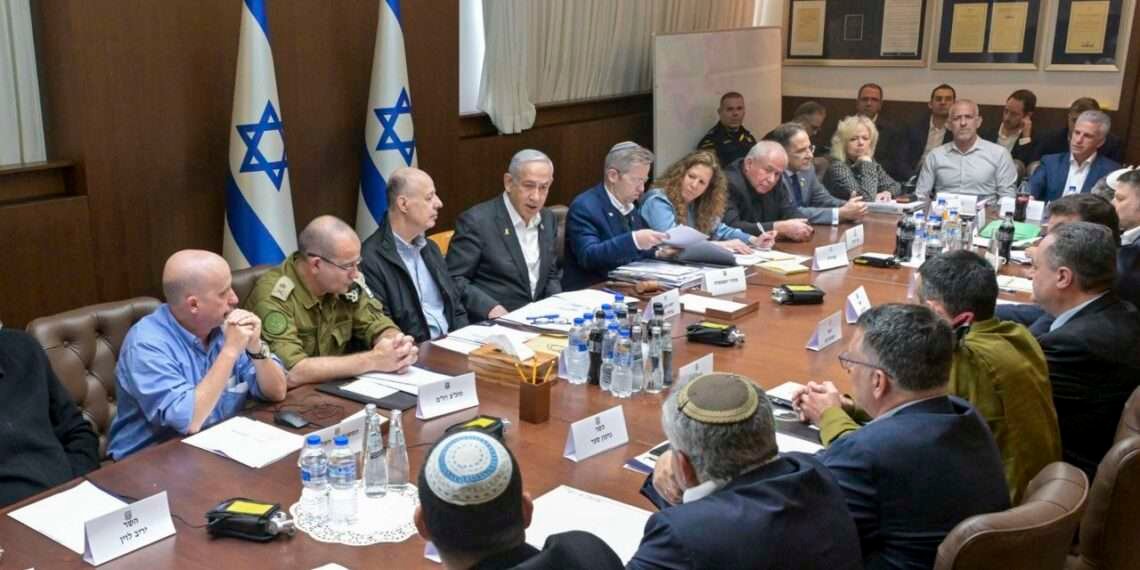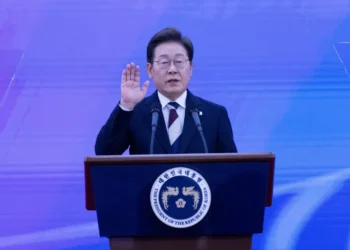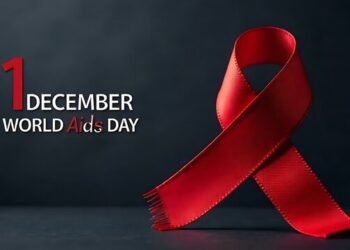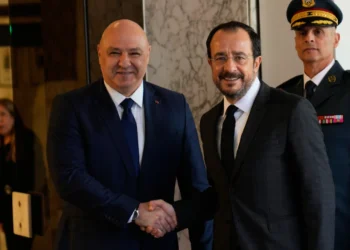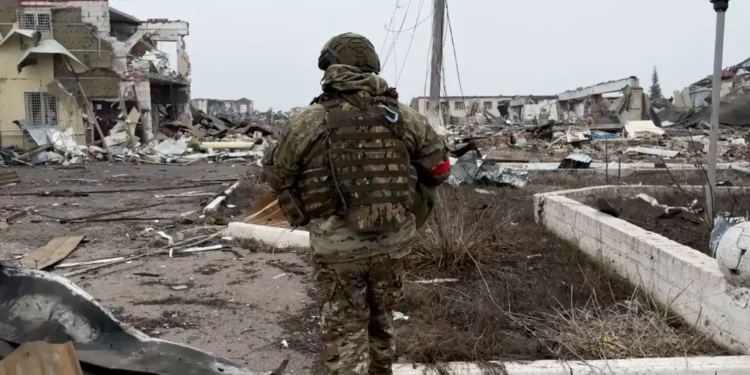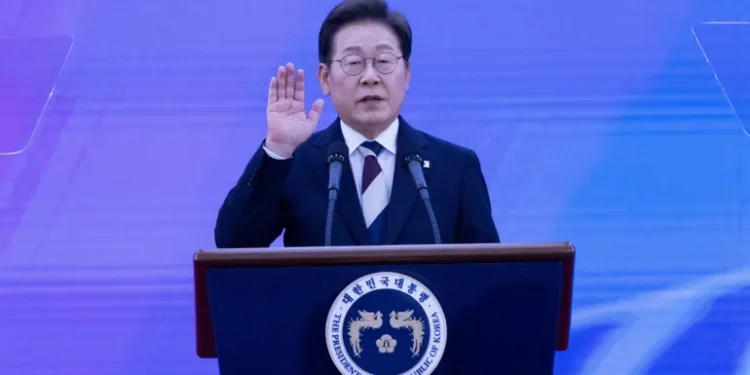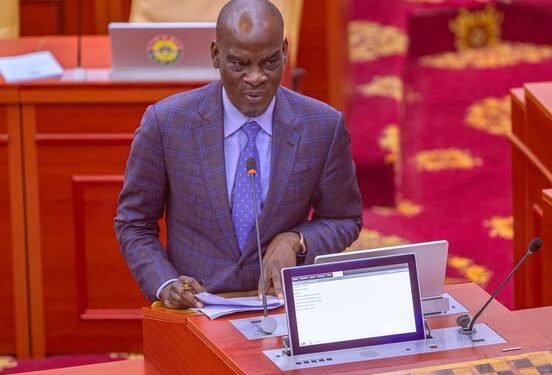The Israeli security cabinet is set to discuss the next phase of the ceasefire agreement with Hamas.
These negotiations and talks were supposed to start on day 16 of the ceasefire deal in phase one, but that deadline has come and gone.
The deal consists of three six-week phases. Phase one commenced on January 19, 2025 and includes the release of 33 captives held in Gaza in exchange for about 1,900 Palestinian prisoners held in Israel.
It saw the withdrawal of the Israeli military from the so-called Netzarim Corridor, which bisected northern and southern Gaza, along with some other areas.
Hundreds of trucks carrying food, water, medicine and fuel have arrived daily in Gaza, but much more aid is needed after 16 months of devastation.
Phase two of the ceasefire deal is scheduled to begin immediately after the first phase on March 1, 2025 and will include the release of all remaining living male Israeli captives, including soldiers. So far, 19 captives have been released.
In return, Israel has agreed to fully withdraw from Gaza and release more Palestinian prisoners.
The final phase entails Hamas releasing the bodies of deceased Israeli captives with Israel reciprocating.
It includes a full Israeli military withdrawal from the enclave and implementation of plans to rebuild Gaza.
According to US President’s envoy, Steve Witkoff, the hase two is a “little bit more complicated than phase one, but phase two is absolutely going to begin.”
He also told a news agency that Trump wants to see the second phase of the deal result in hostages being released and lives being saved, “and it can lead to peace.”
Witkoff added that he spoke to “the Israelis, the Qataris, and the Egyptians this morning about setting forth a schedule pursuant to which we would – in a very substantive way – begin second-phase talks.” He noted, “Everybody is receptive to that, so hopefully, that’s what’s going to be happening this week.”
The comments came amid increased anxiety in Gaza over the sustainability of the ceasefire due to the continued Israeli violations, including deadly attacks and obstruction of aid, as well as calls from far-right Israeli politicians to scrap the truce.
Trump, meanwhile, has offered his full backing to Netanyahu, who, according to Israeli media reports, wants to prolong phase one of the truce deal instead of advancing to phase two.
No Political Will To Continue Ceasefire
Meron Rapaport, Editor and Writer at Local Call, a Hebrew-language news website, noted that there is no political will from part of Israeli Prime Minister, Benjamin Netanyahu and certainly his right-wing allies in the government and outside to continue to stage two of the ceasefire.
However, at the same time, Netanyahu, Rapaport said, is in a sort of dead end.
“Because going back to war after Trump set the goal of ethnic cleansing of Gaza … will be viewed by allies and maybe by Netanyahu himself as a failure.
“At the same time, going to the second stage of the ceasefire deal will topple this government. So, Netanyahu is in a really tough situation.”
Meron Rapaport
Rapaport said that Israel did not fulfil the goal it set after it launched the war on October 7, 2023.
“Now, after Trump, the goals are even higher, which is more complicated to achieve. On the other hand, going for a ceasefire, full withdrawal, prisoner exchanges, including releasing of high-profile prisoners such as Marwan Barghouti and others is completely impossible in the current government.
“So Netanyahu is in a very, very difficult situation, he wants to keep his government, but he is under pressure from Trump to go more to the right than he wants.
Meron Rapaport
Nonetheless, Rapaport still thinks that there are many chances that Netanyahu will have to go to the second stage “due to the internal pressure from families of hostages and other political players.”
READ ALSO: Ahiagbah Calls for Government Action on Coastal Erosion Crisis in Ketu South

